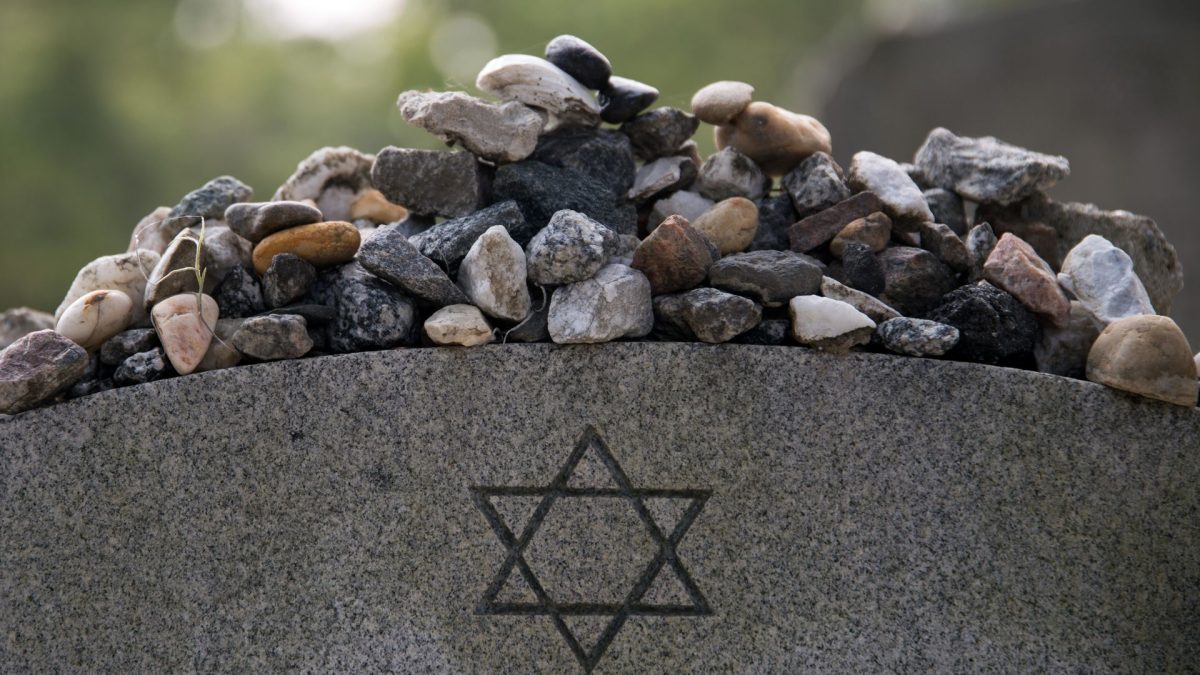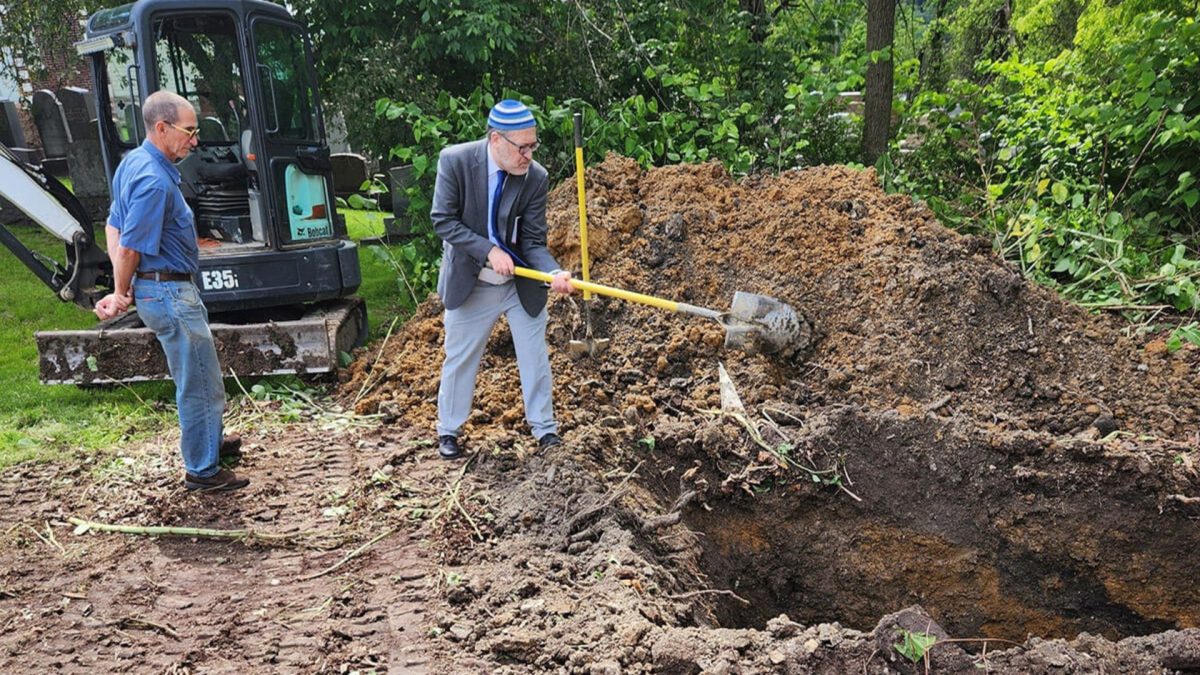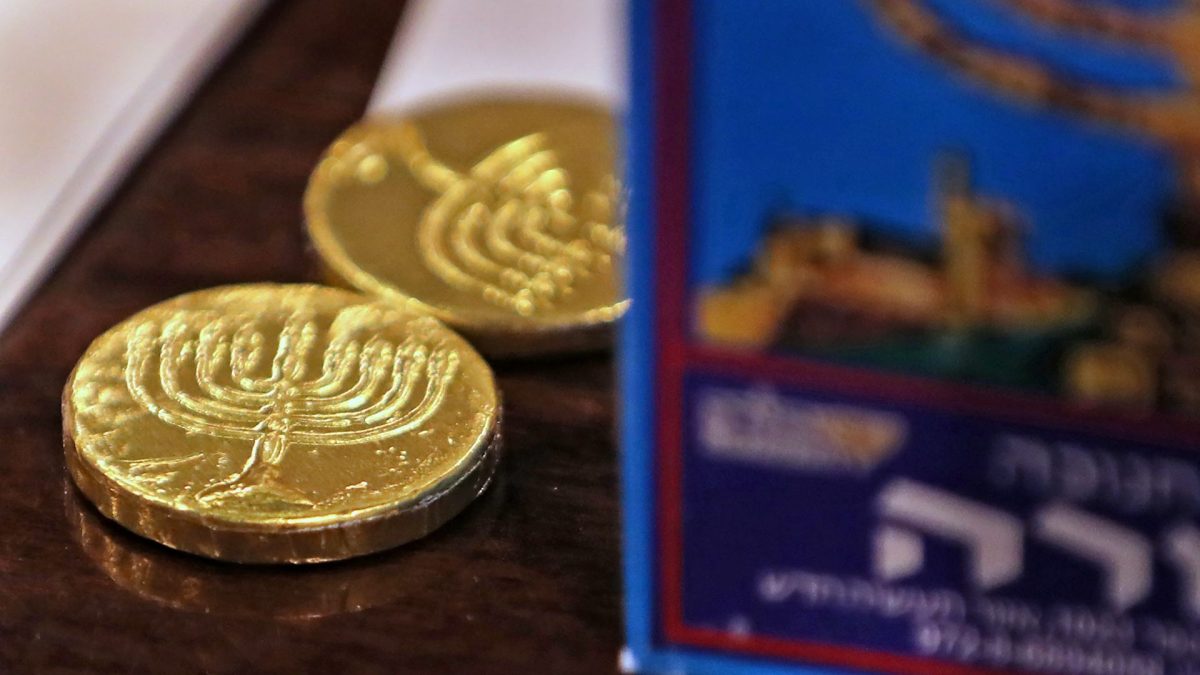My family has a tradition of driving great distances. It is not unusual for us to drive to Maine or to Colorado. In the armrest of the car is a small open area where we keep stones of various shapes and sizes, collected from places we have traveled or from our own front yard. Each is carefully selected to place on a grave of a loved one whose physical being has departed this world, but whose spiritual presence resides within our hearts, minds, and souls. We visit our loved ones in Buffalo and Kansas as well as Australia.
This Jewish tradition introduces us to this meaningful custom for which we do not know the origin. It is not a commandment or law. By leaving a stone, it akin to a “calling card.” Flowers fade and whither. As written in Isaiah, “All flesh is grass, and all its beauty like the flower of the field; grass withers and flowers fade.” (Isaiah 40:6-7). A stone, like our memories, is permanent. It states we have visited our dear ones. Those who have departed this world have not been forgotten. The individual’s memory continues to live with us. It is a very intentional act. My family takes tremendous care to select stones from locations we have visited or think our loved ones would have enjoyed. For those who loved the beach a stone from near the ocean makes it special.
Judaism frequently offers more than one explanation for why something is done. Isn’t this part of the beauty of our religion? There is a tradition that by placing a stone or stones on the grave, it keeps the soul from rising and departing our world or even from the grave. There are legends that a soul must remain where it is. A grave is called, beit olam, house of eternity. There is a superstition that stones prevent golems from entering the grave.
ADVERTISEMENT
We read in Leviticus 21:2 “And God said unto Moses, speak unto the priests the sons of Aaron, and say unto them, There shall defile (himself) for any (dead) among his people except for the relatives that are closest to him…” For kohanim, who could not come into direct contact with those no longer living with the exceptions explained in Leviticus, a pile of stones, in the time of the ancient Temple, was an indication that someone was buried there. A very practical explanation.
Many have asked what the Hebrew letters at the base of a tombstone mean. Rabbi Wolpe wrote in Wrestling with the Angel: Jewish Insights on Death and Mourning edited by Rabbi Jack Riemer, “The Hebrew abbreviation taf, nun, tsadi, bet, hey stands for ‘teheye nishmato tsrurah b’tsror ha-Chayyim,’ a phrase usually translated ‘May his soul be bound up in the bonds of eternal life.’”
Wolpe explained that “tsror in Hebrew means a pebble. In ancient times, shepherds needed a system of keeping track of their flocks…the shepherd would carry a sling over his shoulder, and in the would keep the number of pebbles that corresponded to the number in his flock.” Perhaps the stone is another reminder of that the departed is counted. May I add, among the righteous?
ADVERTISEMENT
Judaism is a religion that has never remained stagnant. Each generation brings innovation and personal experiences to the moment. As Rabbi David Wolpe wrote in Wrestling with the Angel: Jewish Insights on Death and Mourning edited by Rabbi Jack Riemer, “In moments when we are faced with the fragility of life, Judaism reminds us that there is a permanence amidst the pain. While other things fade, stones and souls endure.”
May I encourage you to carefully select stones to take to the cemetery? There are times, when visiting my parents, of blessed memory, I carry additional stones to add to those graves who have left no one to be kaddish. Each of us can hold a memory for a name, so no one is ever forgotten.
Rabbi Elizabeth Hersh is senior rabbi at Temple Emanuel.










